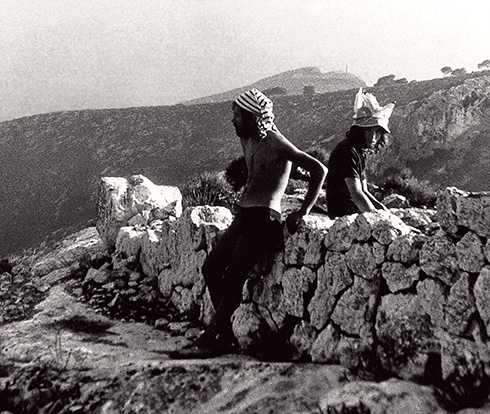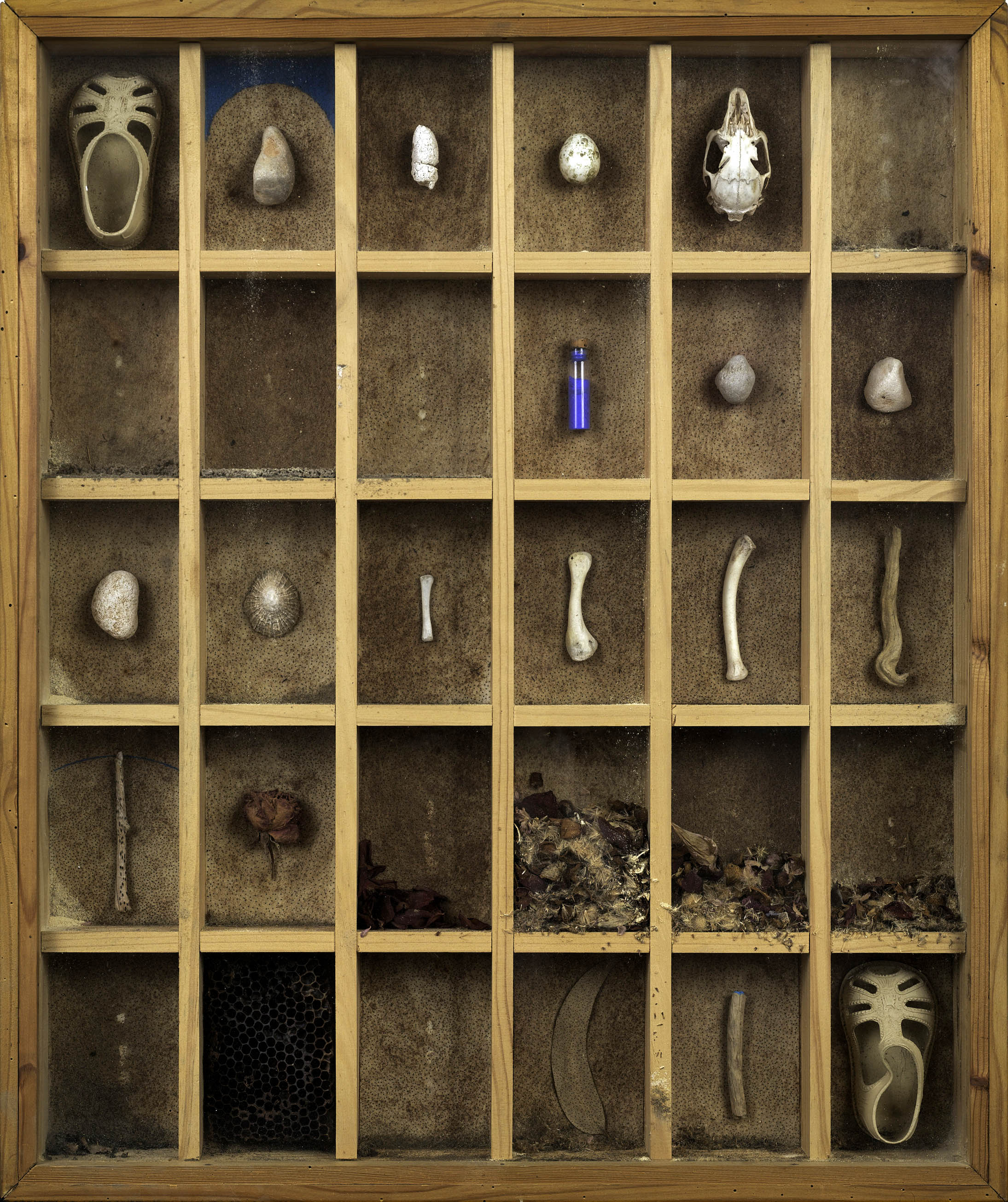Squatting on sa Dragonera. Anarchistis, ecologists and artists in action
July 7th 1977 (7/7/77) is a symbol of the Mallorcan people's fight to stop the uncontrolled urban development of the island's coastline. On that particular occasion Sa Dragonera island was at risk, because a development company called PAMESA planned to develop it, with the connivance and passive acceptance of the public authorities. On July 7th, a group of young people, made up of left-wing activists, anarchists, ecologists and artists, took over the island by squatting on it as a public protest at the development projects. The element of surprise was crucial so as to ensure a big impact in the media and to catch the public authorities unaware. The young protestors decided that action was needed instead of the same old mumblings and grumblings. They squatted on the island for about two weeks. During this time, some thirty youths came and went, each spending shorter periods there, living on what supplies they had brought with them or what residents of Sant Elm and Port d'Andratx were surreptitiously able to send over by boat. Two members of the Civil Guard kept watch over the stretch of water leading to the mooring, but the activists instead used some of the coves. One day a friend even dropped bread and cigarettes down to them from a light aircraft.

Throughout the period they held meetings and issued statements condemning the way in which the law was being twisted by the authorities for the benefit of the same old dominant class, or else they encouraged the population to agitate and become aware of the need to defend nature and the region. In fact they even declared the island a nature reserve. Let us remember that finally the Consell de Mallorca bought the island in 1987 and later, in 1995, the Government of the Balearic Islands did actually declare it a nature reserve.
The artists included Miquel Barceló, Margalida Escales, Gerard Matas and Andreu Terrades. In later years, artists from the Jove Plàstica young plastic arts movement took part in other initiatives and produced other work to draw attention to the need to protect Mallorca's environment. One example was the April 1978 issue, entitled 'Neon and Sverige', of the publication Neon de Suro, which took an ironic look at certain Mallorcan and Swedish social clichés. Josep Albertí, Miquel Barceló, Damià Ferrà-Ponç, Sara Gibert, Mariscal, Joan Palou, Andreu Terrades and Steva Terrades contributed to that joint issue. On August 5th of the same year, another big group of artists and friends took part in a happening entitled 'Fester salvatge' ('Wild Spree') in the Palma square, Plaça de sa Llonja, where they exhibited works expressly made to condemn the over-development that had already occurred and to call for more natural spaces.
For the young twenty-year-old Miquel Barceló, squatting on Sa Dragonera was a gripping experience. An artist highly receptive to physical environments, which he has used as a backdrop to his work during his artistic career, Sa Dragonera made one of the first big impressions on him. Barceló decided to spend most of his time there on the highest point of the island, where an abandoned lighthouse called Na Pòpia stands, surrounded by numerous seagulls close to rocky crags. He was one of the last to abandon the island and, despite his short stay there, several weeks' direct contact with that unspoilt wilderness was influential in helping him take important decisions, both personally and professionally.
In the history of art, artists regularly highlight places or moments - related to nature, illness or death - that have made an emotionally significant mark on them and led them in a certain direction. Barceló has pointed to some, such as the need to move away from Palma's dope-smoking world in a cleansing process and kind of purification; or a reaffirmation of his desire to be an artist, and an interest in more pictorial, figurative work that would culminate in his own personal bestiary.
Text by Jaume Reus
Translated by Rachel Waters
Did you know that...
On his return from Sa Dragonera, Barceló created Sense títol (Untitled, 1977), a large rectangular wooden box divided into 30 sections, inside which he stuck a whole series of objects collected on the island: excrement, seagull bones, limpets, flowers, a piece of beehive, stones, leaves, roots, a pair of small plastic shoes, and a tube full of bluish paint. It is a singular approach to presenting and cataloguing the landscape of Sa Dragonera, through a selection of small items gathered during his strolls there or found in his immediate surroundings.

"Untitled", 1977. Organic and inorganic material, wood and glass. 64.5 x 54 x 6.5 cm. Manresa-Roque private collection © Photo: Agustí Torres.




